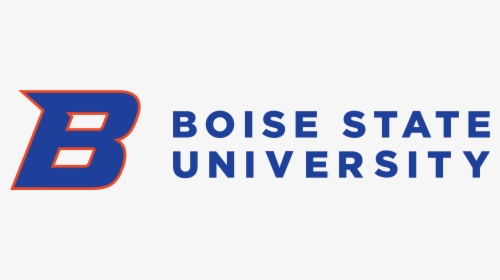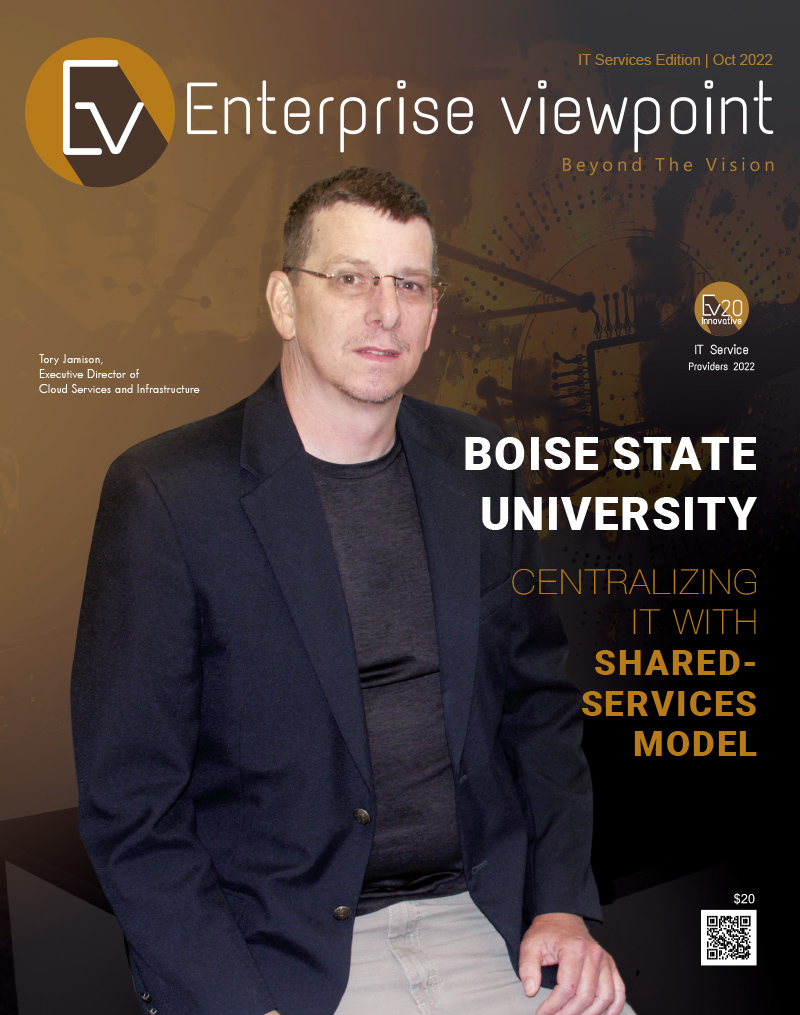How Tory Jamison, Executive Director of Cloud Services and Infrastructure, influenced improved performance, better security controls, and lower costs for Boise State University’s Office of Information Technology
In 2012 the CIO at Boise State University looked at the university’s sprawling infrastructure and saw 13 plus Information Technology organizations on campus for each educational department. Each organization managed their own budget, their own needs and demands, their own leadership, even their own servers and storage. The university housed 15 different data centers, with an insurmountable aggregate of outdated, mismatched hardware. Different governing IT departments meant different security flaws plagued each department. It also meant there was no overarching expertise in the proprietary software required to run the systems throughout the enterprise. The university was in need of a new IT plan that addressed infrastructure, security, and most importantly, cohesiveness across the board.
In walks Tory Jamison, the current Executive Director of Cloud Services and Infrastructure at Boise State University’s Office of Information Technology. After serving as a United States Marine, Jamison’s IT career started in the 1990s as a consultant for the United States Air Force. During his time with USAF, Tory was migrating services from mainframe to UNIX platforms worldwide. He then went on to spend several years in software development before changing his focus to IT engineering, architecture, and leadership. This led Jamison to Boise State University. As a longtime advocate of IT convergence, Jamison immediately knew his next mission – to revamp everything and run the renowned university’s technology the way a thriving, private enterprise would.
Jamison’s work started with getting to know each IT department. They truly were their own separate entities – not even sharing a server room. He understood why different departments were choosing to work in certain ways and ingrained himself in their individual challenges. There were a few organizational items needing to be addressed right away.
The ideal order of business from Jamison’s perspective was to converge the current infrastructure, virtualize and standardize everything next, then move to consolidation. He knew the best way to get the entire university there was to get buy-in from each of the disparate teams. Proving the team guaranteed better service from a centralized model than they were getting on their own was key. It took some time, but each department opted in, and everything was virtualized and moved to a newly designed stack. The first phase was underway.
With a few rules, the new Office of Information Technology made up of now combined departments were starting to work as a cohesive team. The rules were as follows:
- Single sign-on was a must in an IAM model adoption
- No users were permitted admin access; read and read/write permissions were the only ones allowed
- All systems must be patched and updated monthly to minimize exposure to security flaws and zero-day exploits.
Higher education technology environments are busy. There could be hundreds of thousands of active users that need managing. Jamison’s team members were all given more users to manage, but he distributed the work in ways where team members weren’t ever inflated with work.
In the 10 years it took to innovate the university’s technology and take the colleges into modern computing, Tory successfully led the team to some impressive stats and efficiencies. The technology that used to take up 15 data centers, now is consolidated down to 2 (including disaster recovery) and taking up only 7 total racks. All thanks to a hyper-convergence mindset from Jamison. To put the amount of technology into context, what Jamison’s team eliminated would equal a four-story building!
In addition, the university now has a full disaster recovery system implemented. Data center outage recovery is now lightning fast. It takes longer to decide to perform a recovery than it does for the recovery to actually happen.
With the technology pieces in place, it was time to turn attention to how projects were being managed. The existing process was to have the engineers and developers ask to serve as their own PMs. Sometimes a non-engineering resource could be obtained but only on an “as needed” basis. Jamison lobbied for this to be changed. It didn’t take long for a dedicated group, called the PMO, to be instituted as a feature of the Office of Information Technology operations. This gives BSU the oversight it deserves. Dedicated project managers for massive IT initiatives are a must-have in large higher education environments. This allows the team to accomplish very ambitious projects, usually with little input from software platform vendors and often saving hundreds of thousands of dollars in consulting fees.
Last but not least, the helpdesk team has routinely maintained a 4.7 out of 5 rating in helpdesk happiness.
Jamison supported the initiative of an Office of IT communications group, being one of the groups that make Boise State OIT special. This team is responsible for the content and themes for all of the Boise State web presence. That team acts as the bearers of good and bad news. Disruptions, changes, and updates are all transparently communicated by this team via email, text, slack, newsletter, university comms, and more.
Boise State University’s Office of IT was operating in a realm of damage control by break-fix. The team now is effectively performing damage control by diagnosing the root cause of an issue. During the technology renovation is where Tory and his team attacked the entire “enterprise,” and found success.
His advice for others looking to revamp their technology stack is to “make sure you have a technology consultant you can partner with, one that will show you some obvious wins when they walk through the door. A quality partner is so important, especially in public sector work.”
Company:
Boise State University
Management:
Tory Jamison, Executive Director of Cloud Services and Infrastructure
Quote:
“Make sure you have a technology consultant you can partner with, one that will show you some obvious wins when they walk through the door. A quality partner is so important, especially in public sector work.”




















